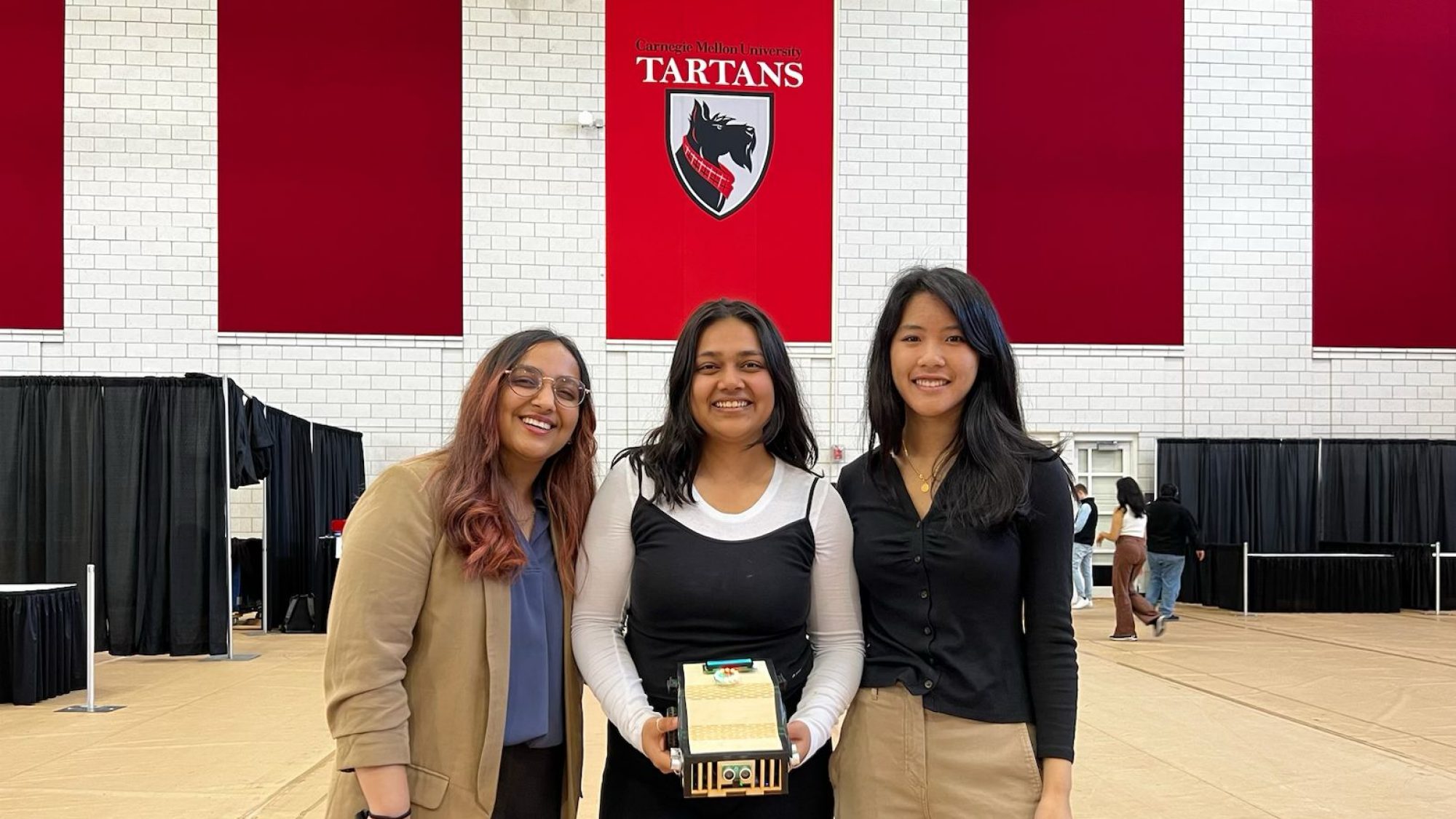This week I worked on random exploration code for the robot and integrated the sensor reading logic with the motion code. The code is now set up to have two state machines that update and sample at different frequencies without interfering with each other’s timing and logic. The sensor updates take place at a frequency of 10Hz while the encoder updates take place every 50ms. The robot now randomly computes a coordinate within 15cm of the current position and travels to it until it detects a TVOC reading above a certain threshold, after which it stops. The robot resumes traversing the map randomly once the readings fall below the threshold. During this process, I identified several issues. First, there was a bizarre issue with our encoders – every now and then, the count increment on the encoder would jump from a simple double-digit value to a value in the thousands which should never occur. We identified and ruled out several potential causes for this – issues with update logic, integer overflows, etc. We still don’t know the exact cause, but it is likely due to hardware issues, and we have a band-aid fix to stop the motors and ignore the previous iteration in case this happens. We lose 50ms worth of data, but it seems to work. Another major issue is that our program with wi-fi communication takes up too much space to run smoothly due to memory usage issues. We will need to switch to an Arduino Mega with the Grove shield for the same to have enough memory. Another issue is that our robot seems to struggle with rotations every now and then on the boards that we got, but seems to work well on smoother surfaces. We are looking into more ball casters that may potentially help with this. Due to these setbacks, I will be slightly behind on schedule but once we have the new parts it should help get us back on track. Next week, I will prepare for the Interim Demo and continue to work on navigation towards a scent source.

Carnegie Mellon ECE Capstone, Spring 2023: Caroline Pang, Aditti Ramsisaria, Eshita Shrawan